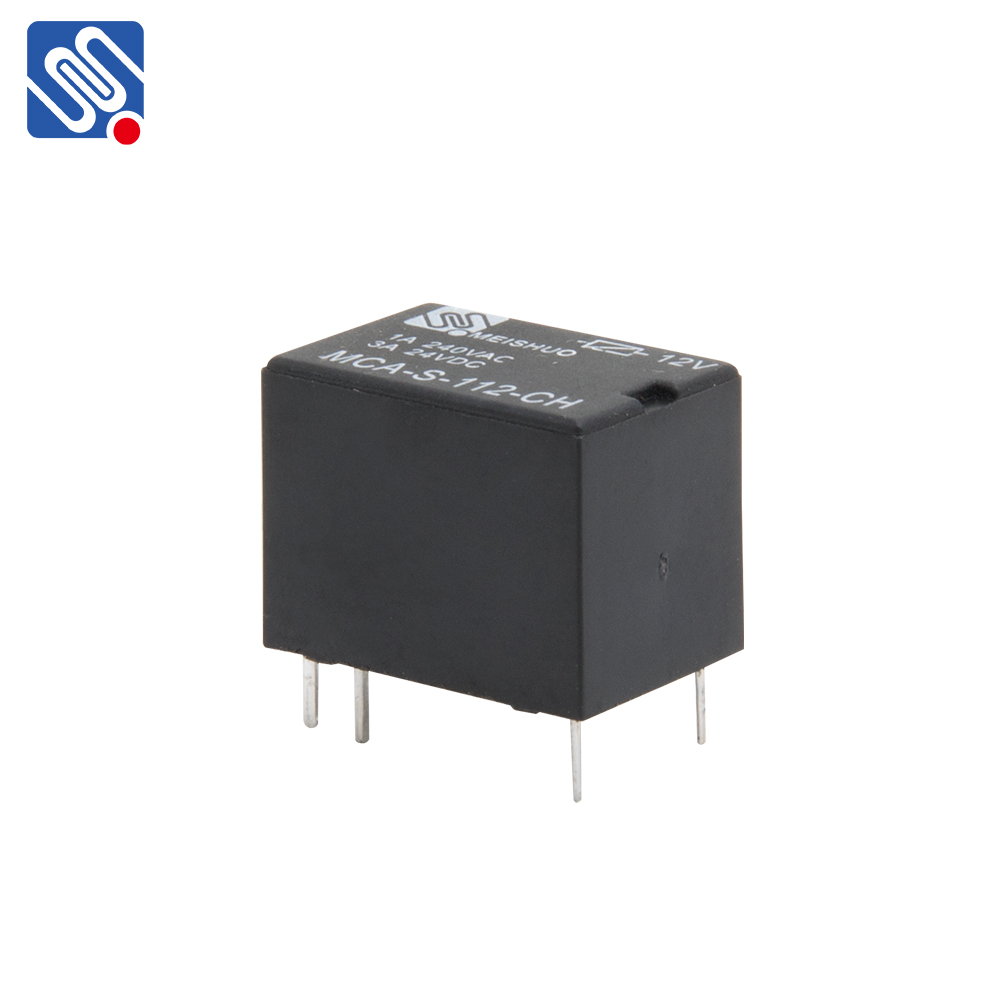Wireless relays are rapidly becoming a cornerstone in modern automation, enabling efficient remote control and enhancing the flexibility of various systems. From smart homes to industrial automation, wireless relays offer the convenience of controlling devices without the need for physical connections or complicated wiring. In this article, we will explore the technology behind wireless relays, their applications, and how they are shaping the future of automation.

What is a Wireless Relay? A wireless relay is an electrical device that uses wireless communication to control the opening and closing of a switch or relay. Unlike traditional mechanical relays that require physical connections for operation, wireless relays leverage communication technologies such as Wi-Fi, Bluetooth, Zigbee, and other radio-frequency (RF) systems to receive and send control signals over a distance. This means that users can control electrical devices remotely, without the need for physical proximity or direct electrical connections. How Does a Wireless Relay Work? The working principle of a wireless relay is quite simple. It involves two main components: the control device and the relay itself.